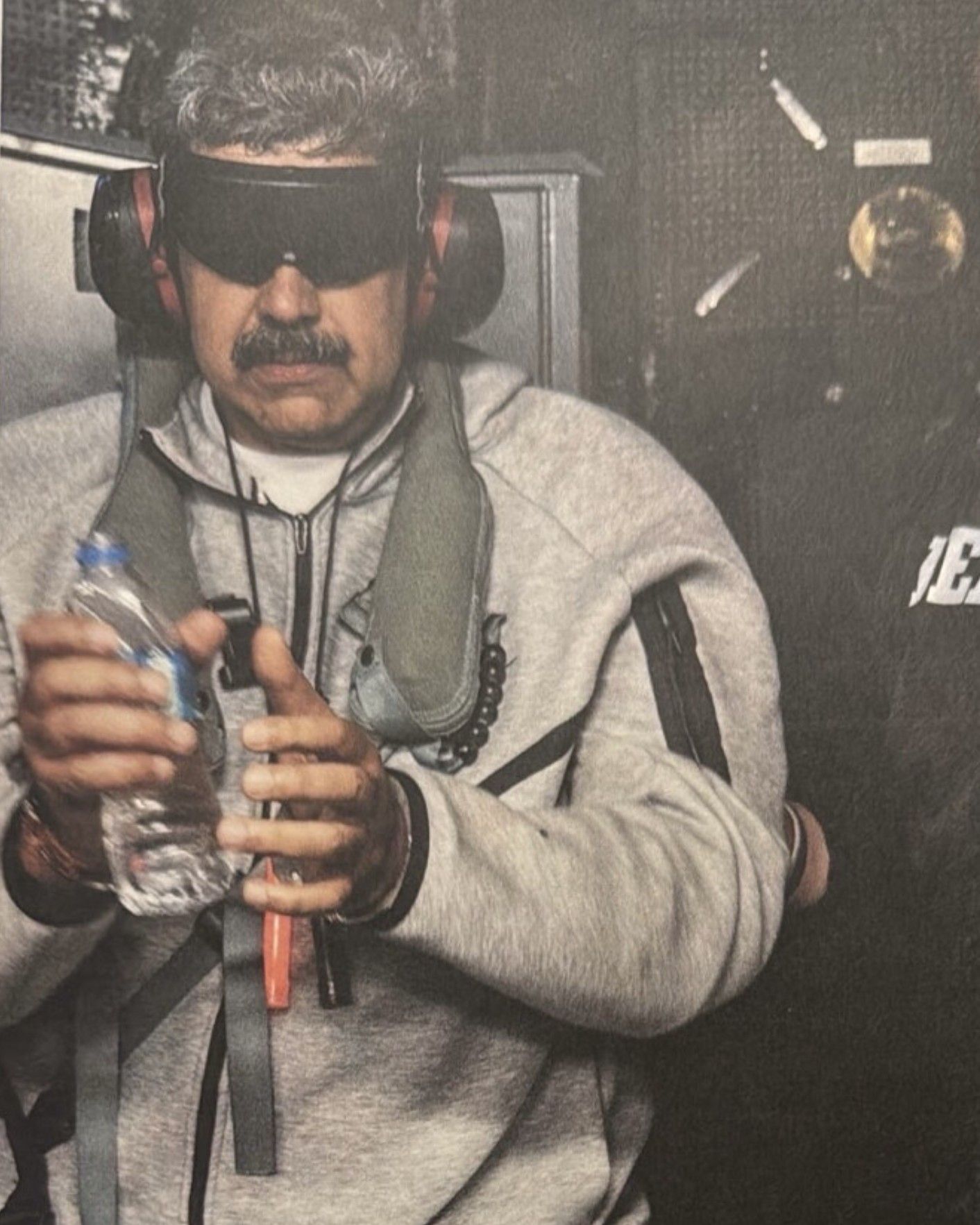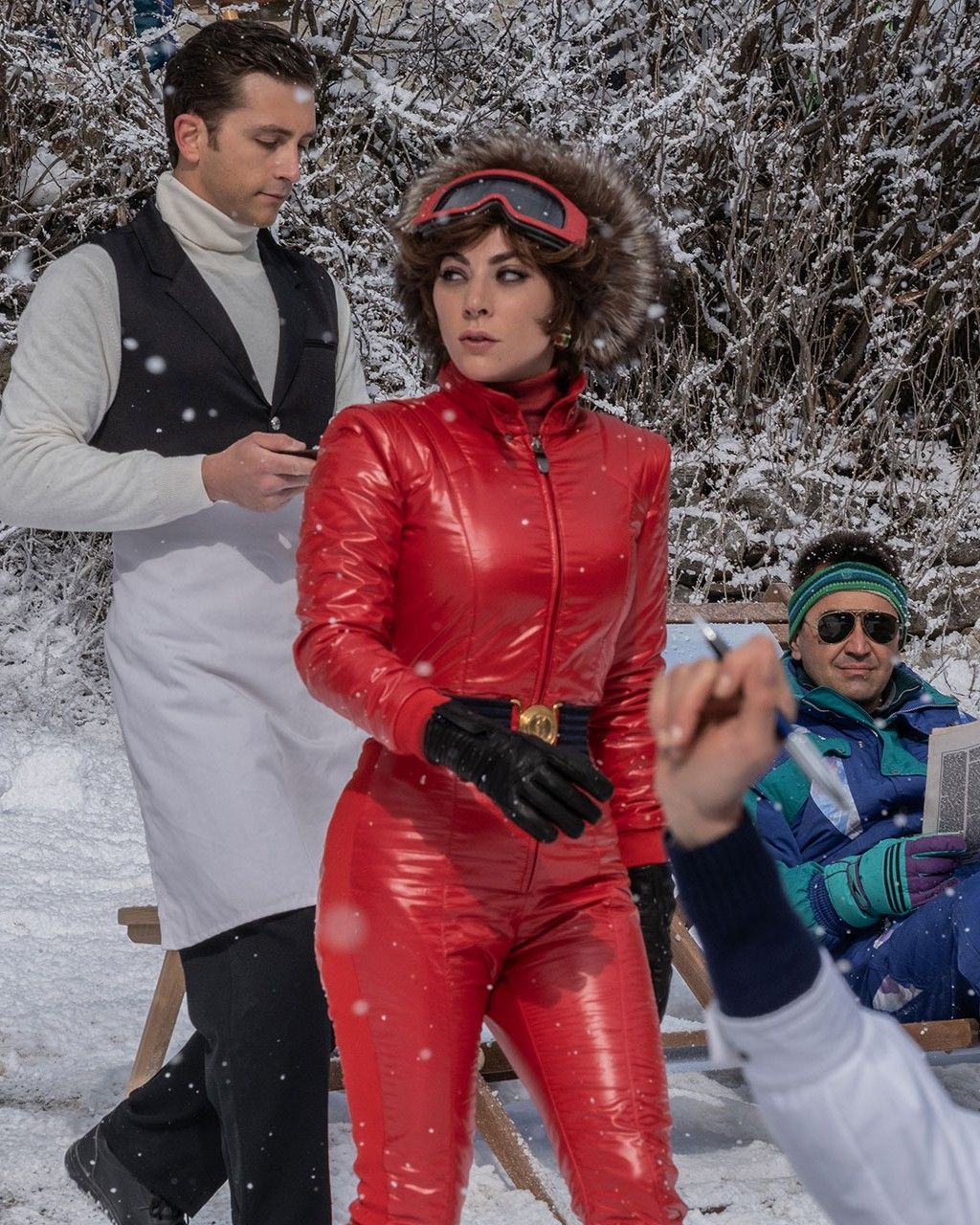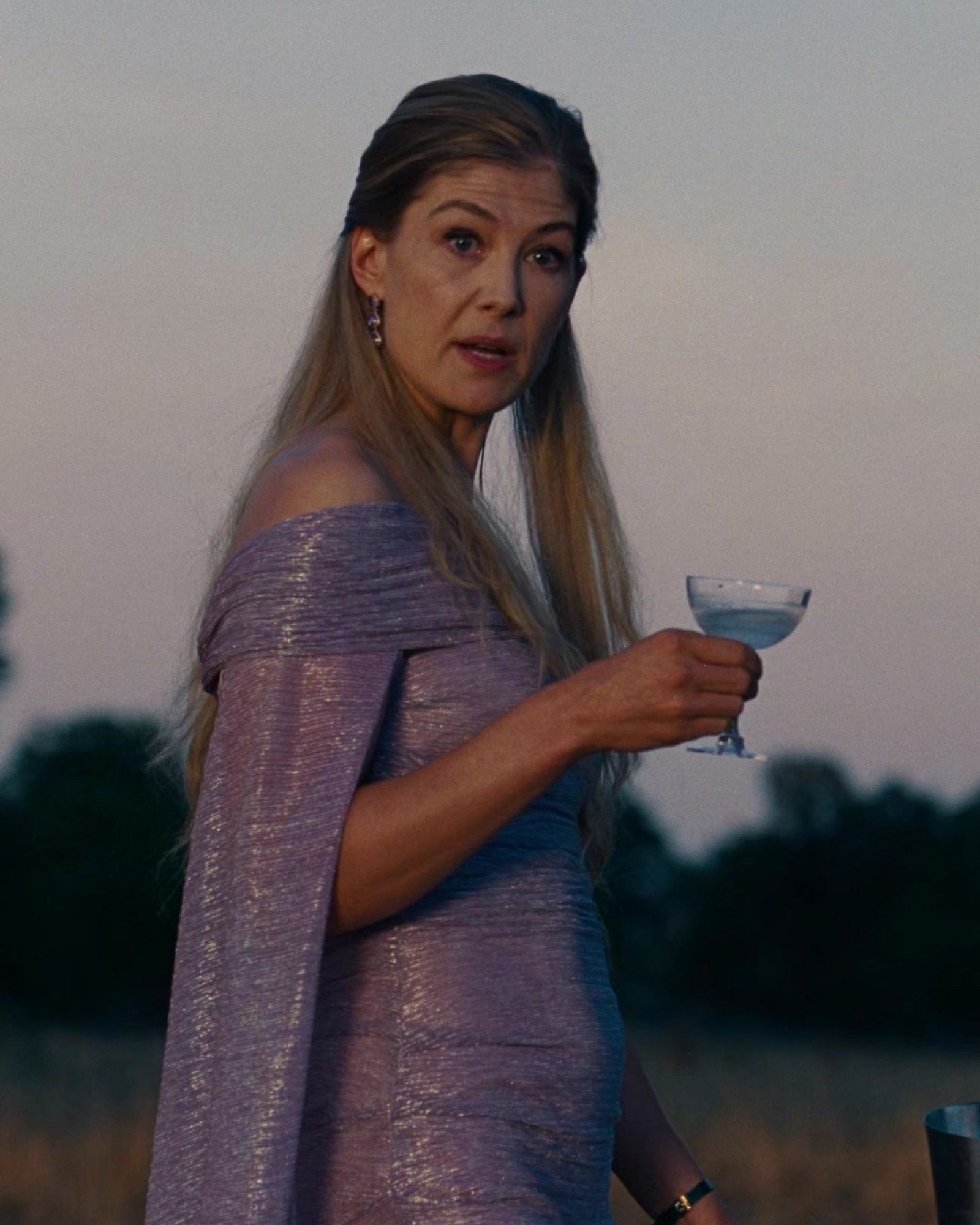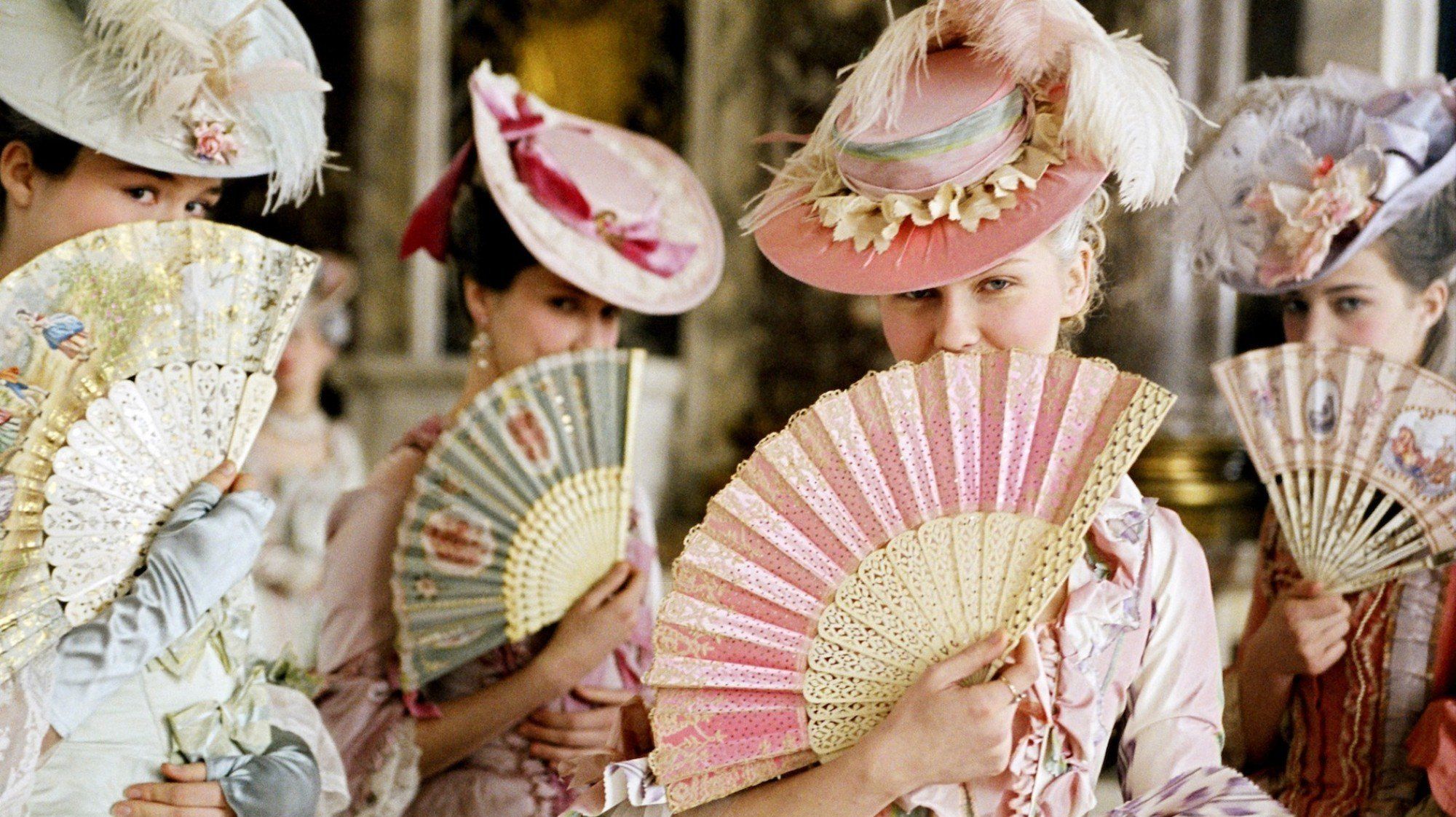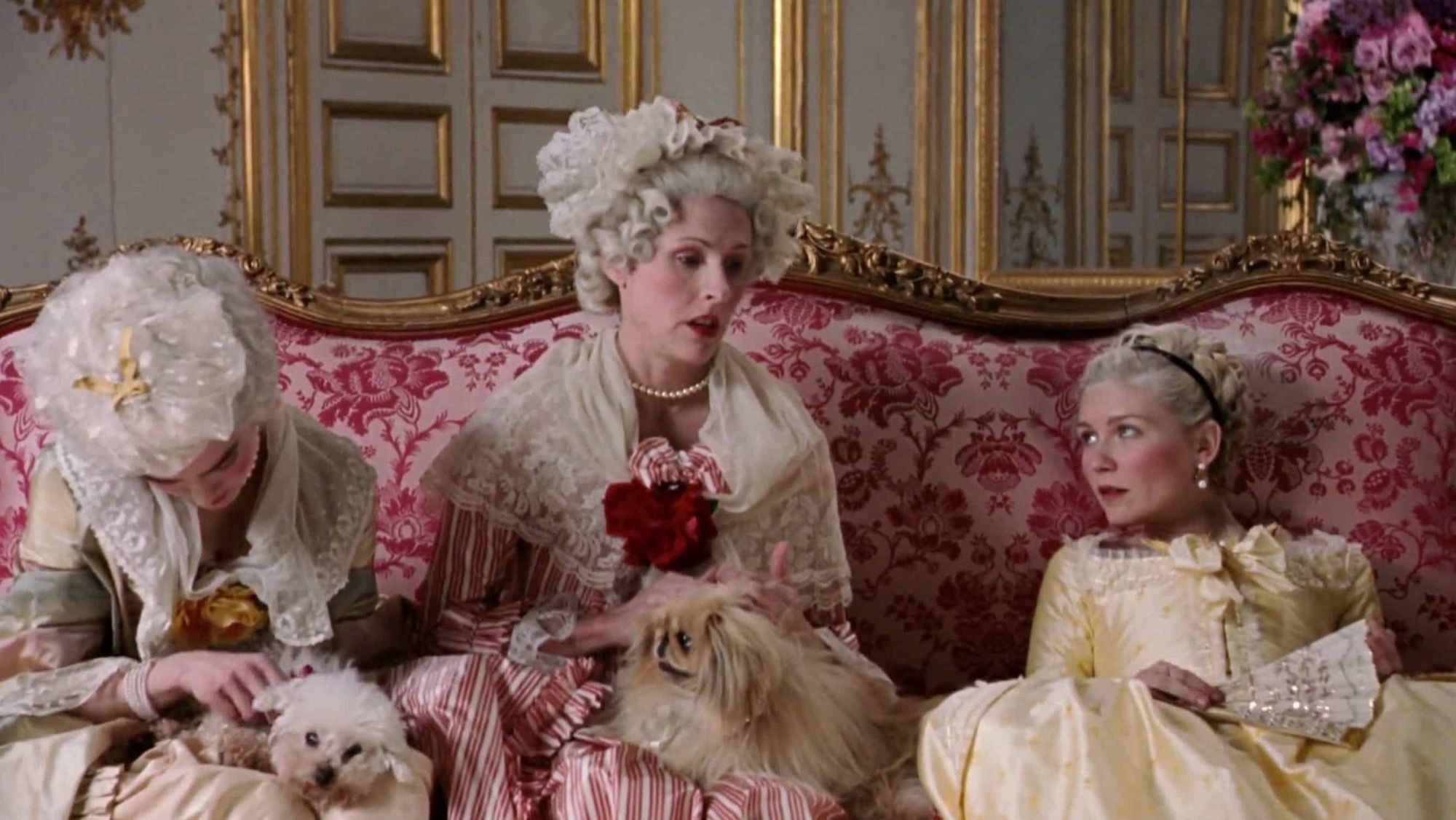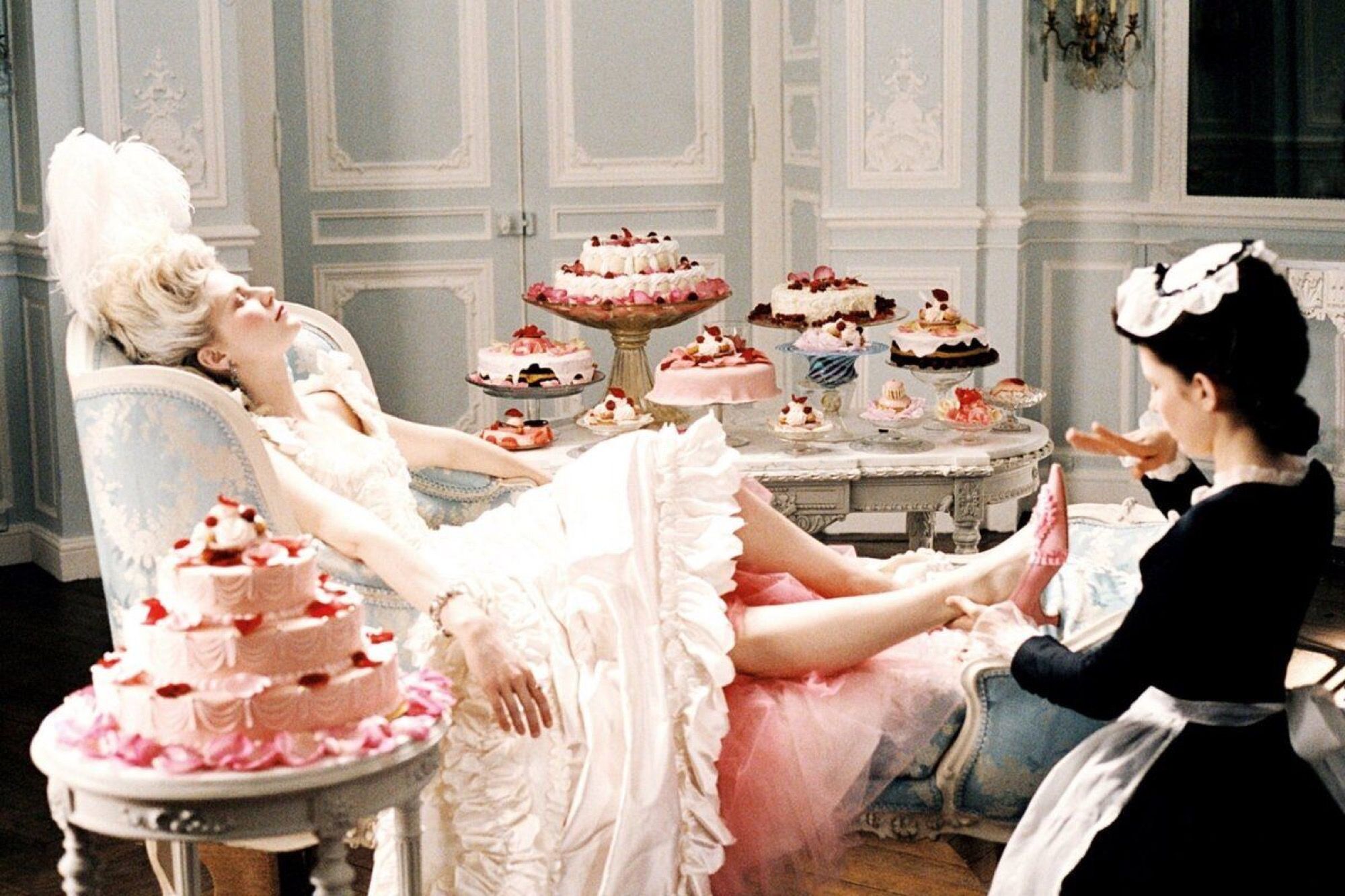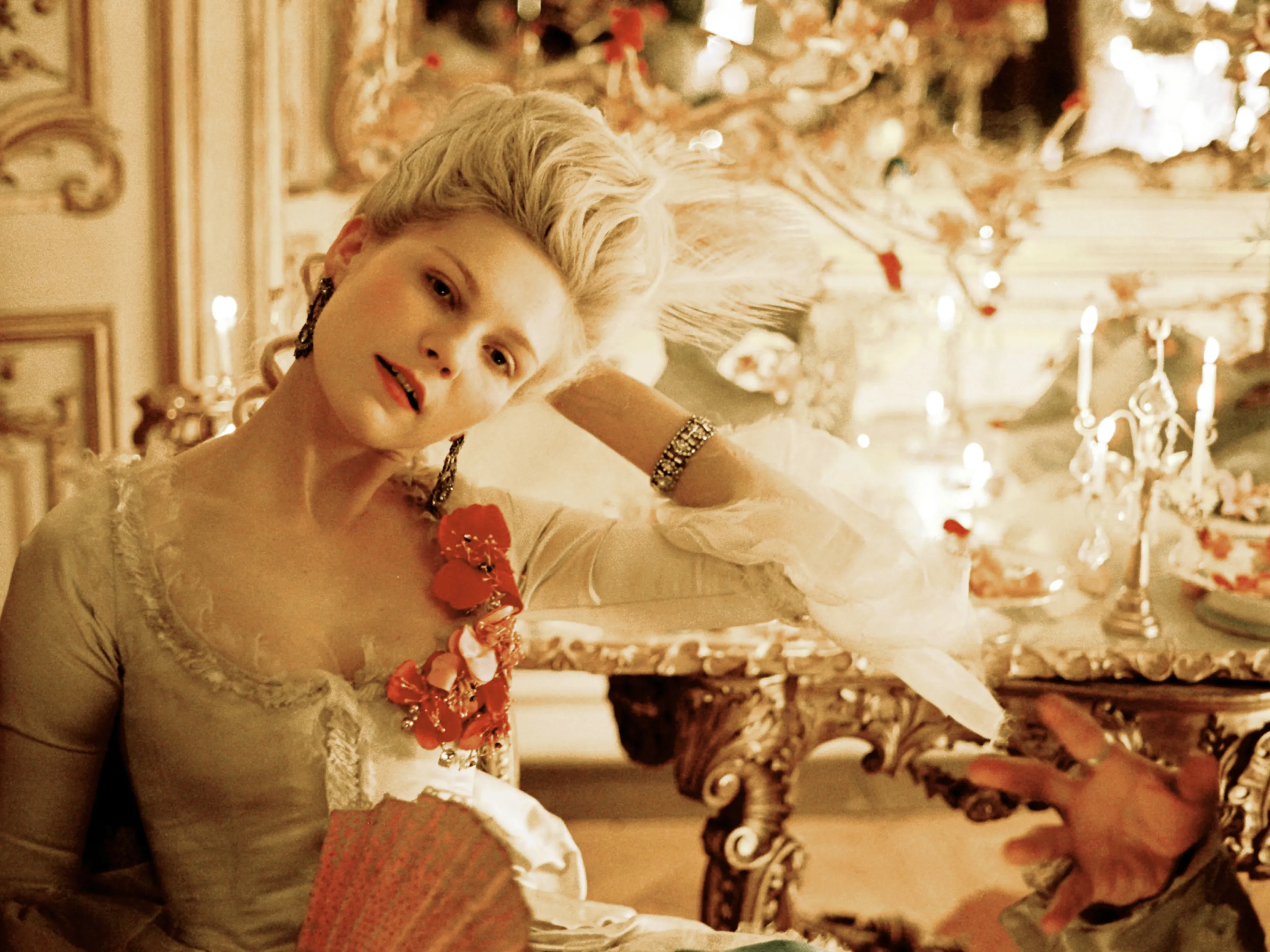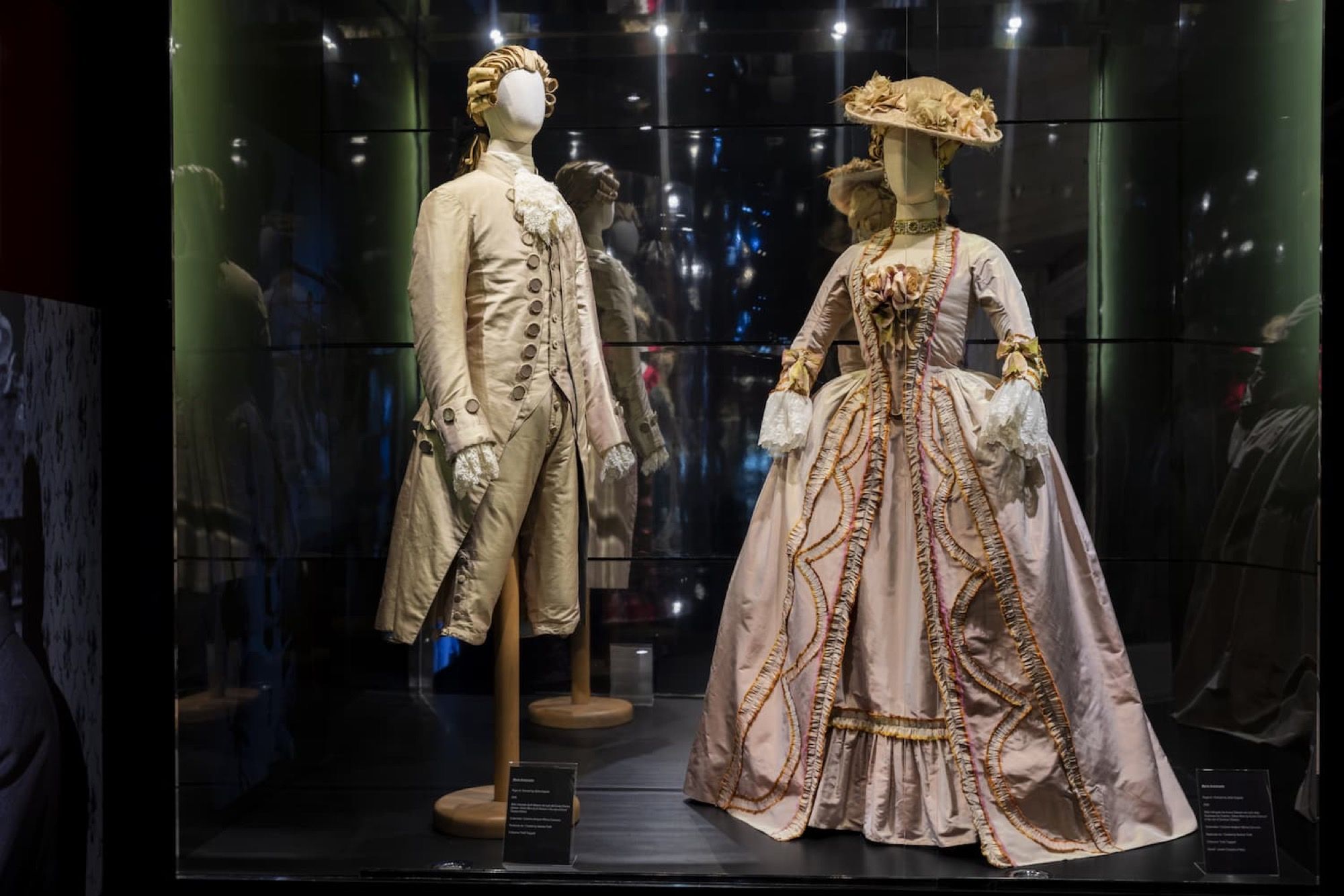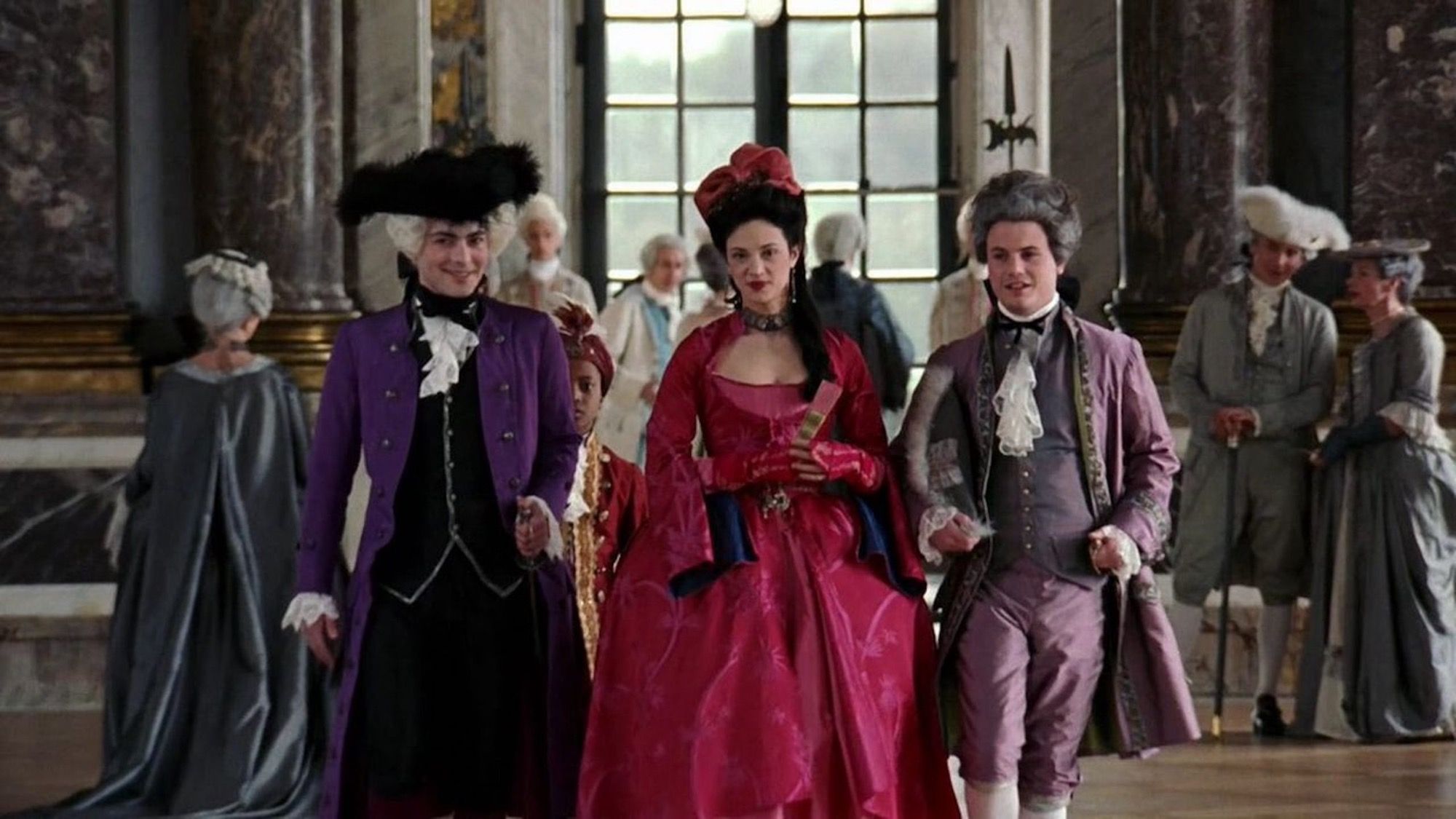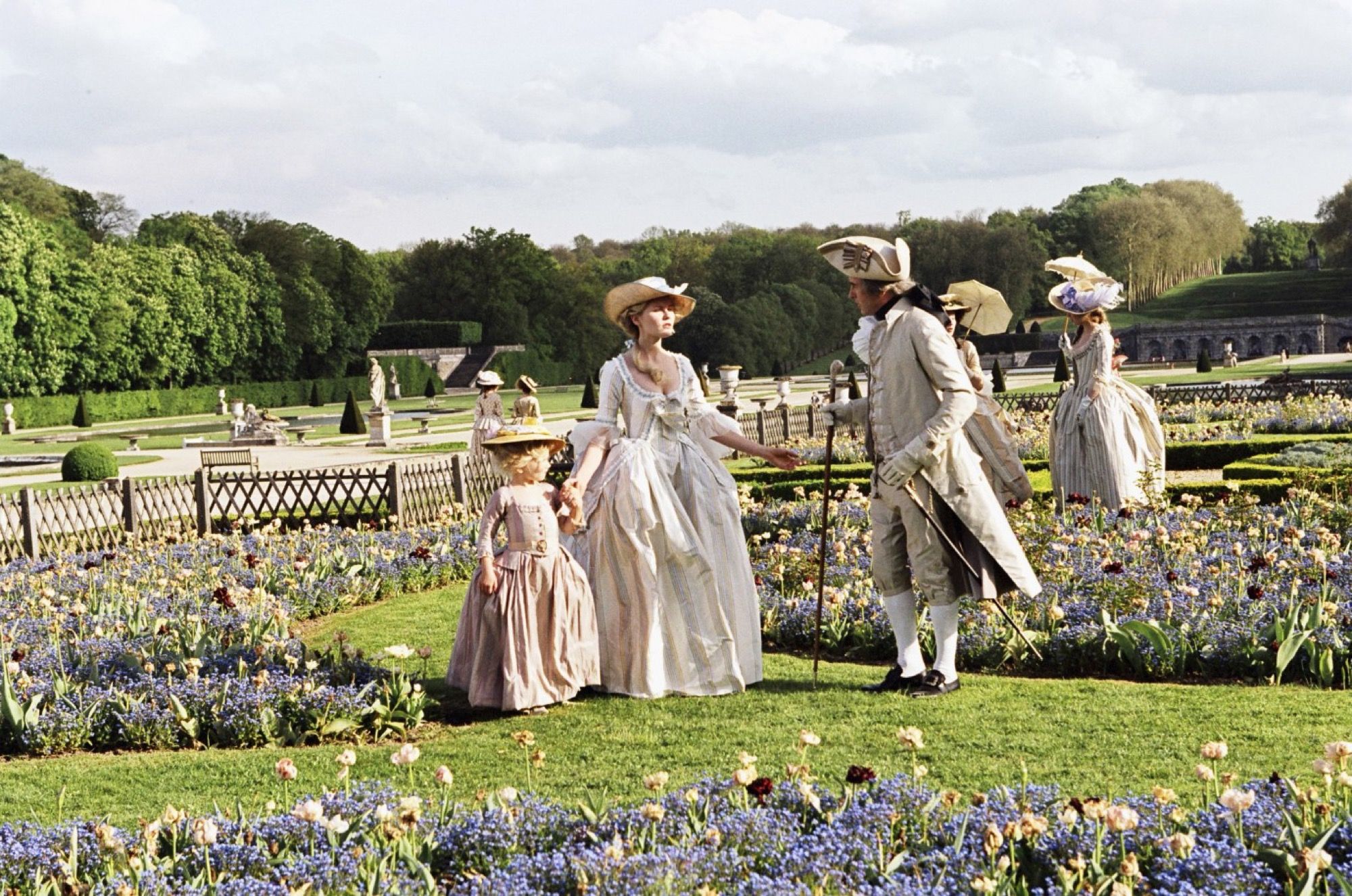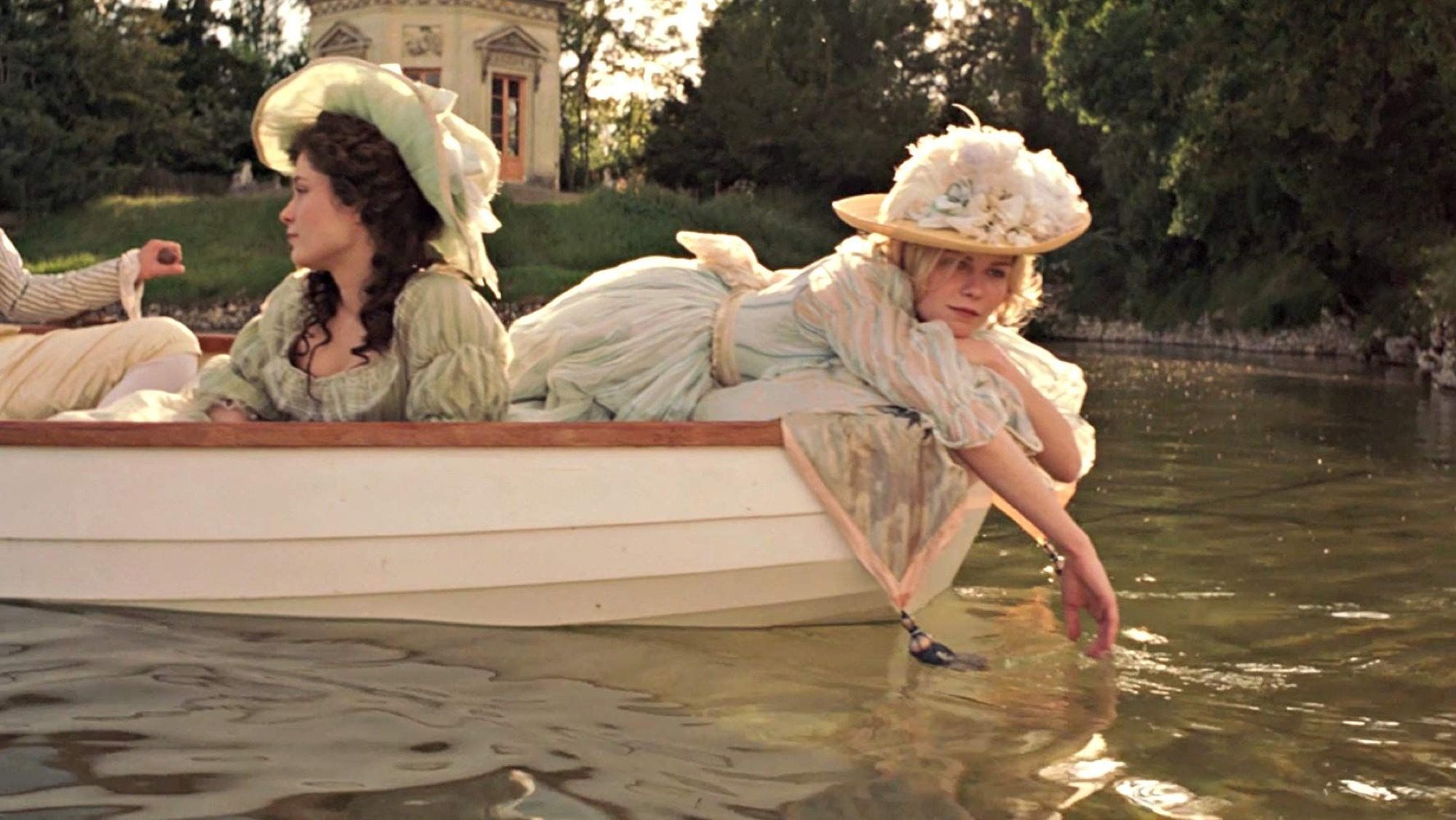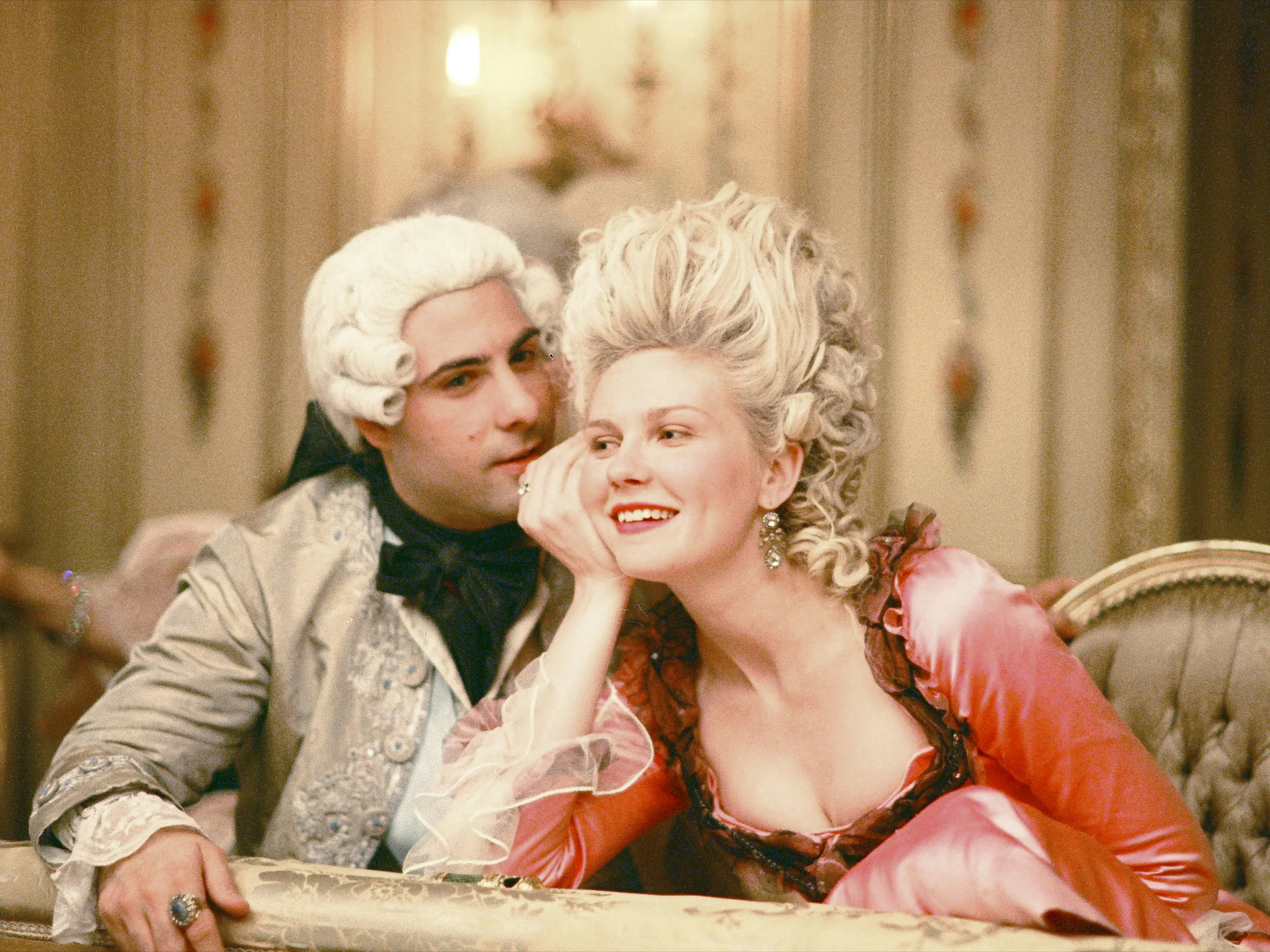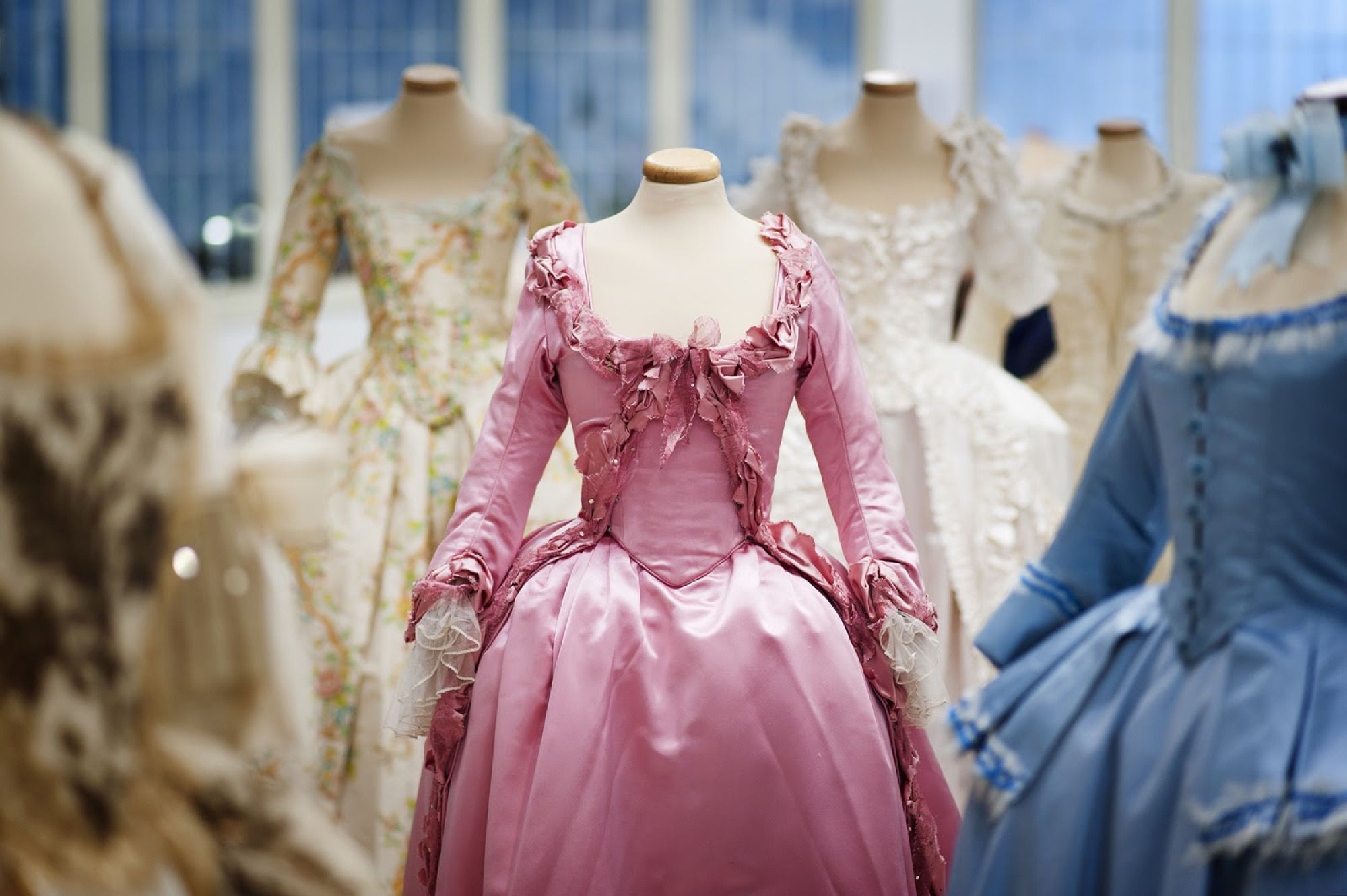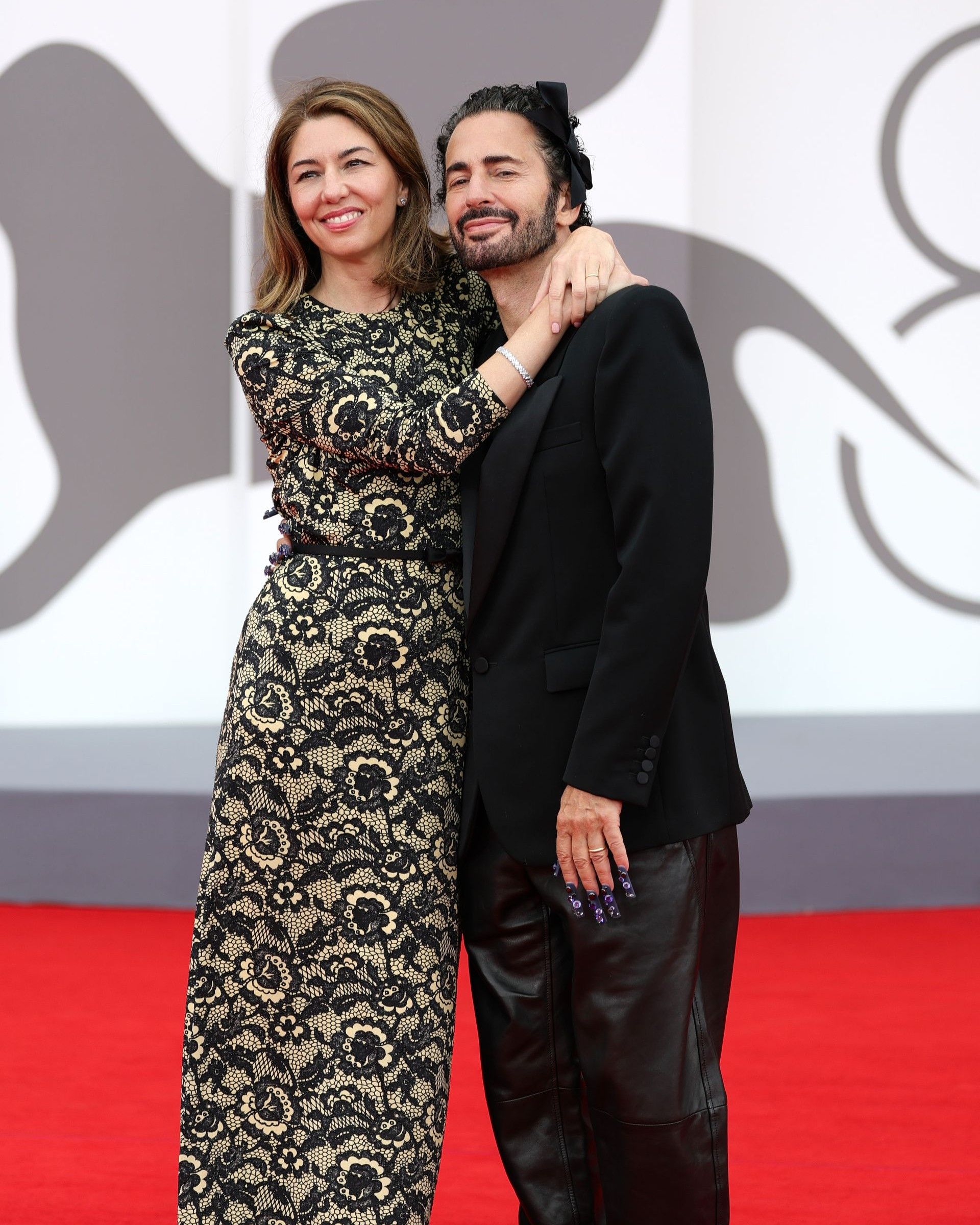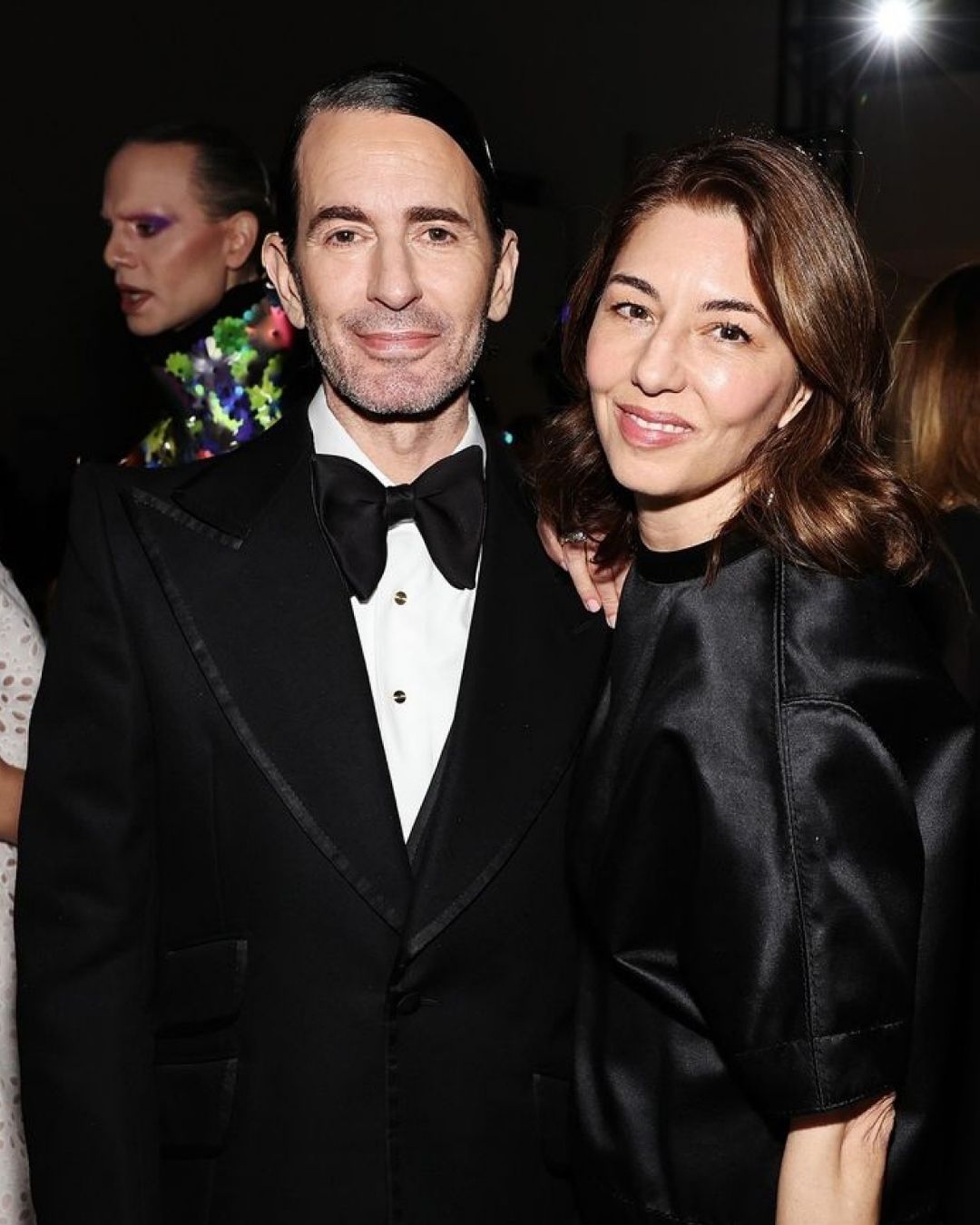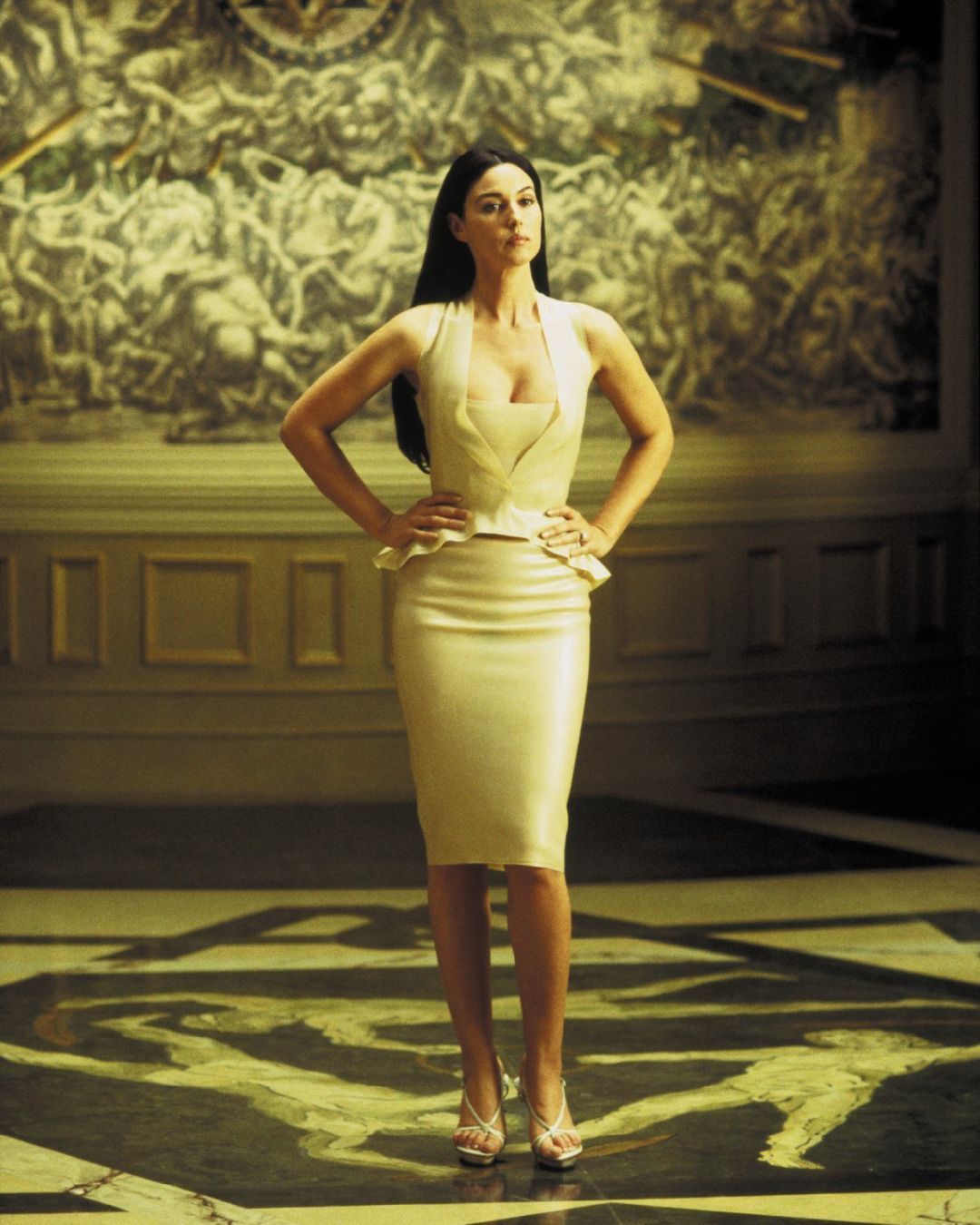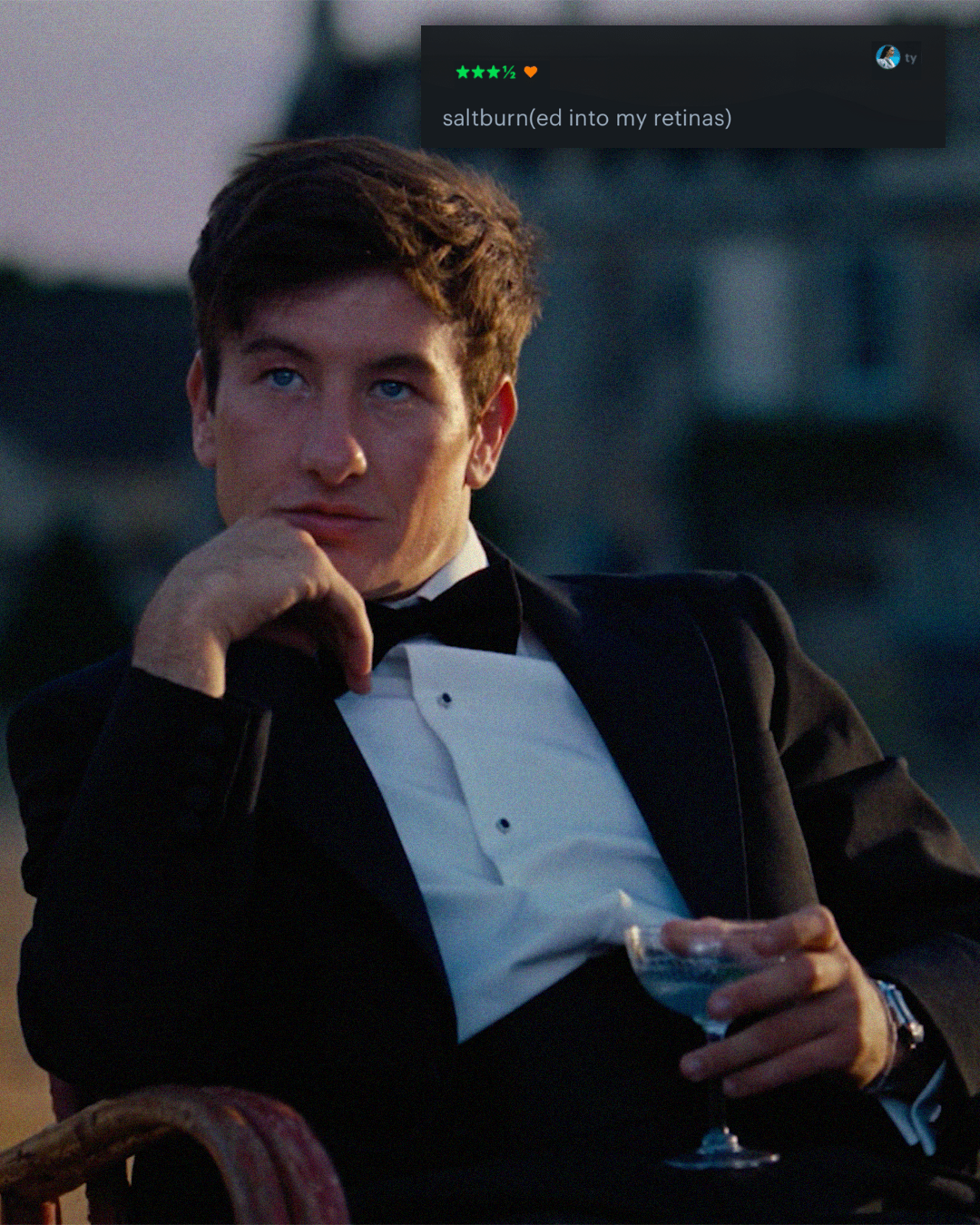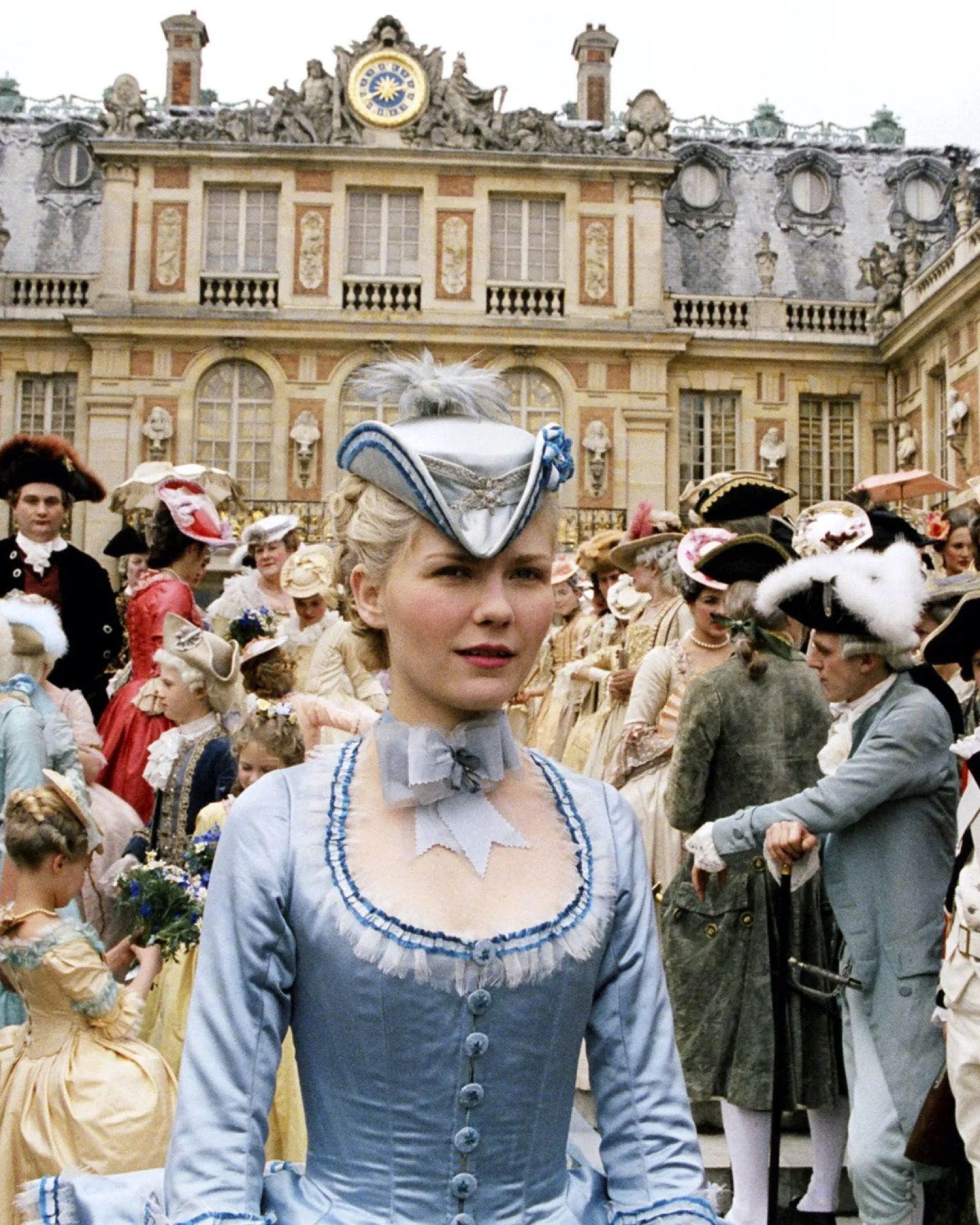
17 years after the release of 'Marie Antoinette,' Sofia Coppola modernizes the French court Nearly twenty years after the release of the cult film, the queen's wardrobe was much more than a production choice
A seamless fusion of post-punk modernism and 18th-century rococo characterizes Sofia Coppola's 2006 film "Marie Antoinette." Inspired by Antonia Fraser's biography, "Marie Antoinette: The Journey," an intense and well-documented account of the life of the Queen of France, Sofia Coppola's interpretation departs from the often rigid conventions associated with period dramas. «My main goal was not to create a grand historical epic... I really wanted to focus on a more impressionistic approach, telling it from her point of view...,» the director explains in an excerpt from the DVD bonus feature about the making of the film. At just 14 years old, Marie Antoinette, born Maria Antonia, was sent to marry the Dauphin of France. Sofia Coppola was drawn to the adolescent spirit of the new Dauphine, creating a bold blend of MTV and the Court of Versailles. The soundtrack is simply exceptional, featuring bands like The Cure and New Order, as well as more contemporary artists like Aphex Twin. The choice of songs dictates the mood, feeling, and style of the film. Perhaps as a nod to the post-punk movement, which reintroduced an appreciation for fashion, in contrast to the original punk movement, Coppola included tracks from Bow Wow Wow. This group, created by Malcolm McLaren in 1980, aimed to showcase the creations of Vivienne Westwood, offering a reinterpretation of maximalism and costume.
One of the most captivating and striking aspects of the film is its style and fashion. Coppola's bold approach to this historical narrative allowed for a daring modernization of the French court, injecting new life into classical dress codes through colors, shapes, and accessories. In reality, Coppola succeeded in rewriting history, presenting Marie Antoinette, often called the "queen of deficit," as an impressionable young girl seeking her place in a foreign world. To bring her interpretation to life, Coppola collaborated with the renowned Italian costume designer Milena Canonero, known for her work on iconic films such as Stanley Kubrick's "A Clockwork Orange," Francis Ford Coppola's "The Cotton Club," and Wes Anderson's "The Life Aquatic with Steve Zissou." According to Canonero, Coppola had a specific vision: «She didn't want a classical look. She asked me to find another solution, which I call stylization. Some elements are symbolic, others are stylized, but still others are very physiological.» There were many sources of inspiration. In the late 18th century, there was a growing enthusiasm for fashion, with Versailles at its epicenter. Rose Bertin, the queen's dressmaker and stylist, was often ridiculed by the French public, and though she is not present in the film, her influence on Marie Antoinette is palpable. Thus, there was already an abundance of inspiring material. Beneath the appearance of opulence, with rare fabrics and rich colors, the costumes in the film illustrate why the Bastille was stormed. Valued in the millions of euros compared to the traditional country attire worn by the French citizens of the time, the Dauphine, and later the Queen, proudly showcased the talents of French couturiers. Remember that this choice of attire earned Milena Canonero the Academy Award for Best Costume Design.
Colors that evoke innocence
Coppola presented her costume designer with a Ladurée macaron box, each designed in a color she wanted to highlight, an ironic nod to the famous phrase attributed to the Queen during the country's economic decline: «Let them eat cake» (a fact vigorously debated). Historians emphasize that the French court readily embraced color in its wardrobe, but Coppola's interpretation marked a new era. Marie Antoinette's wardrobe (portrayed by Kirsten Dunst) is a blend of delight and decadence, with a palette of sweet colors ranging from champagne pinks to pastry creams. The iconic shopping scene is a perfect example, a visual feast where Marie Antoinette and her aristocratic companions revel in the finest fabrics, dresses, and shoes that France had to offer, all set to the tune of Bow Wow Wow's "I Want Candy." In this scene, Coppola cheekily nods to contemporary culture by briefly showing 18th-century-style shoes with a pair of lavender Converse sneakers in the background. While retaining some historical elements, one of the first scenes in the film features Marie Antoinette at her debut in the French court. For this look, Canonero drew inspiration from the famous portrait of the Dauphine by Joseph Ducreux and Jean-Baptiste Charpentier the Elder. In the film's interpretation, the outfit is reimagined in a lighter, almost childlike blue, emphasizing her youth. Later, the actress is seen in church wearing a cotton candy pink ensemble, a color undoubtedly innovative in France at the time. In contrast to Marie Antoinette's vibrant outfits, those of her manipulators often come in muted tones such as black or deep burgundy, further illustrating Coppola's perspective on the Queen, ostracized by her community. Whether it's her own choice or that of others, it's open to interpretation by the viewer.
Shapes that evoke aging and time
According to historical accounts, many dresses featured panniers, an iconic feature of the time. Hips were heavily padded, compensated by the tight corsets worn by almost all courtiers at the time, particularly during court events. This is particularly noticeable in the scenes depicting the marriage of the young Austrian to Louis XVI of France. A specific crinoline exaggerated the width of the hips, giving the dress a particular fullness. From a forward-thinking and modern perspective, the neckline of the Queen's dresses appears to become lower as the film progresses, perhaps to make her look older. Significant changes are observable midway through the film. When the Queen retreats to her Petit Trianon, the dresses take on a more rustic style. They are reduced to simple white and cream outfits, representing a modest country life. In this context, the shape is less structured, relying on craftsmanship. While this approach differs from the vibrant colors and tailored clothing worn by the lead actress in the first half of the film, the viewer is presented with the idea of the Queen and the young girl. This echoes Canonero's view that some clothing choices have a psychological dimension.
Accessories that evoke decadence
What certainly captures the attention of the viewers are the opulent accessories chosen for the film. The shoes, designed by Manolo Blahnik and Pompei, are carefully showcased on screen during the famous shopping scene mentioned earlier. Whether it's pumps or heels adorned with buckles and jewel-encrusted feathers, the shoes hold a prominent place in the wardrobe analysis. The choice of hairstyles presents an even greater historical challenge. Period portraits show that the Queen and her associates often wore their hair high in what were called "poufs." These elevated hairstyles were composed of gauze and false hair inserted between the strands. Often embellished with accessories, as seen in the shopping scene where one of the Queen's stylists attaches small ornate birds to what appears to be a pouf about thirty centimeters long. However, the hairstyles of the lead actresses vary between these elaborate poufs and more understated looks, where their curls cascade rather than being raised. This is once again a subtle way to emphasize the Queen's age rather than her stature. As for jewelry, Fred Leighton was engaged by the production, primarily focusing on earrings. Kirsten Dunst rarely wears necklaces, a deviation from historical accuracy.
Since its release, although it did not achieve great box office success, the film has gained a cult status. It appeals to both fashion enthusiasts and history buffs. The story of this young girl sent from Austria to France to assist in governing the country continues to be closely examined. But perhaps what we learn the most from the film and its wardrobe choices is the portrayal of a somewhat lost young girl. In what may be one of the best achievements in merging history and modernity, this film is a paradise for fashion aficionados, leaving behind a treasure trove filled with references to dissect and reinterpret.


